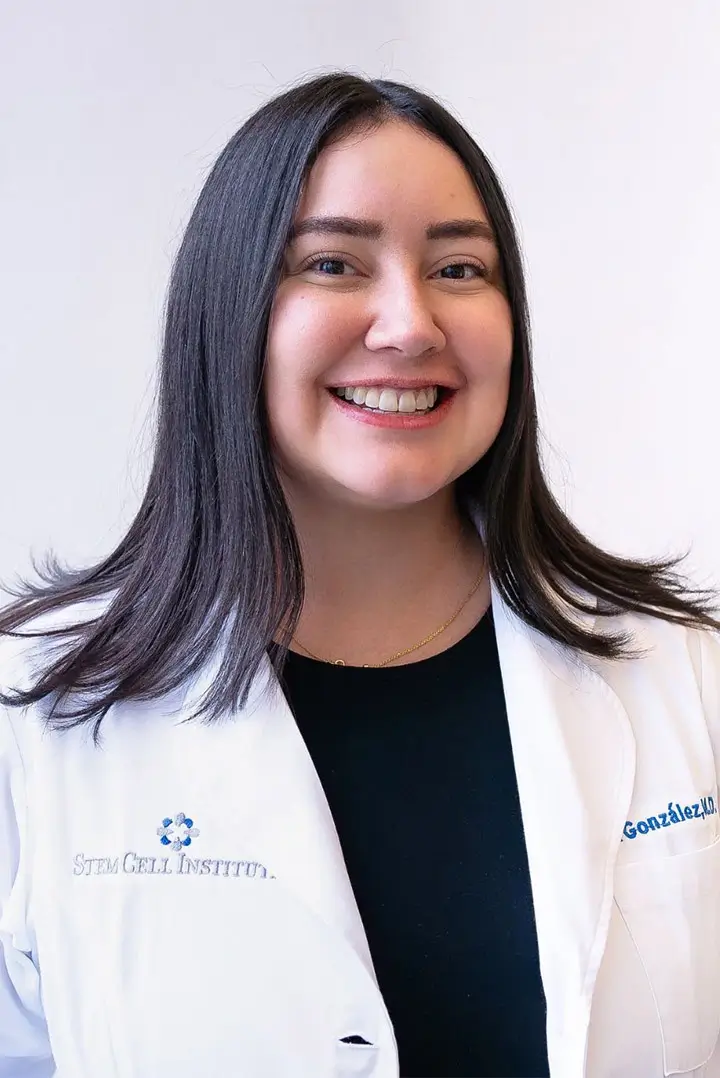The salamander has incredible regenerative ability. In addition to ability to grow back severed limbs, salamanders have profound plasticity of neurons and can regrow severed nerve endings at a much higher efficiency than mammals. Given that we live in an age where every gene of the body is known (genomics), almost every major protein is sequenced (proteomics), and more recently the majority of small molecules have been elucidated (metabolomics), one of the major pushes in research is to use this knowledge to understand old mysteries such as the regenerative ability of salamanders.
A multi-institutional scientific team in cooperation with the University of Florida McKnight Brain Institute’s Regeneration Project received a $2.4 million National Institutes of Health Grand Opportunity grant to study regenerative process of the Mexican axolotl salamander with the aim of applying biological lessons learned to spinal cord injury.
Dr. Edward Scott principal investigator for the collaborative grant and director of the McKnight Brain Institute’s Program in Stem Cell Biology and Regenerative Medicine stated "The axolotl is the champion of vertebrate regeneration, with the ability to replace whole limbs and even parts of its central nervous system. These salamanders use many of the same body systems and genes that we do, but they have superior ability to regenerate after major injuries. We think that studying them will tell us a lot about a patient’s natural regenerative capacities after spinal cord injury and nerve cell damage."
Discoveries in other species have been a critical part of biomedical research. For example, the process of RNA interference, which won the Noble Prize in Medicine for 2006 was actually discovered as a phenomena in Petunia Flowers. The toll-like receptors, which revolutionized medical knowledge of how the immune system works were originally identified in fruit flies. The current project seeks to find molecules associated with regeneration and to attempt to replicate them first in animals and subsequently in humans.
The multidisciplinary "Regeneration Project" team is also supported by private foundations such as the Thomas H. Maren Foundation and the Jon L. and Beverly A. Thompson Research Endowment, the UF Office of the Vice President for Research, and an anonymous donor.

